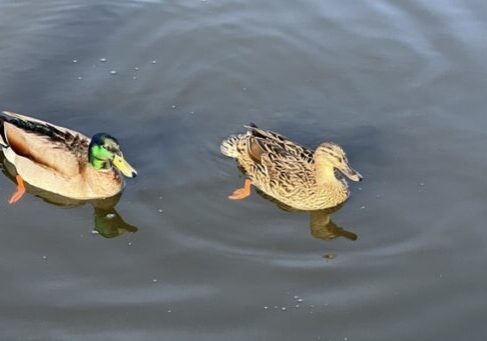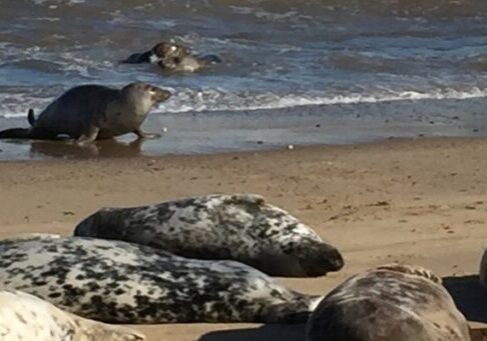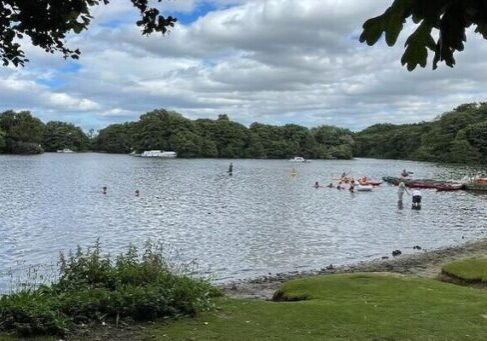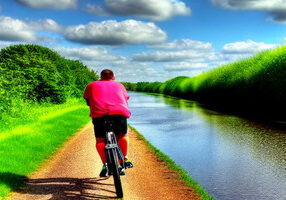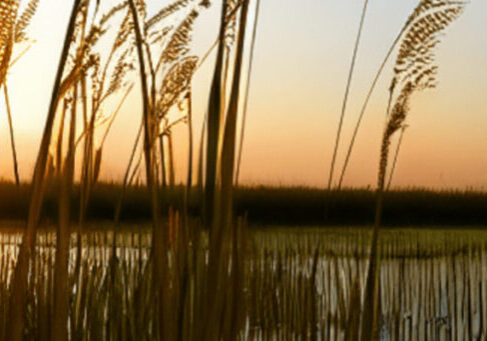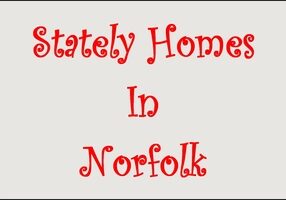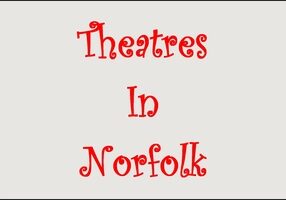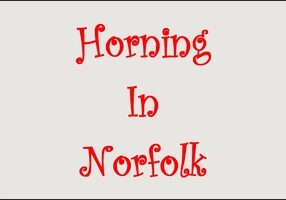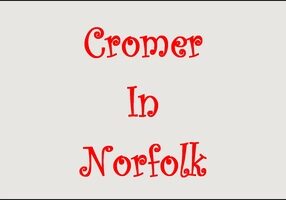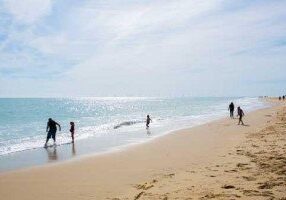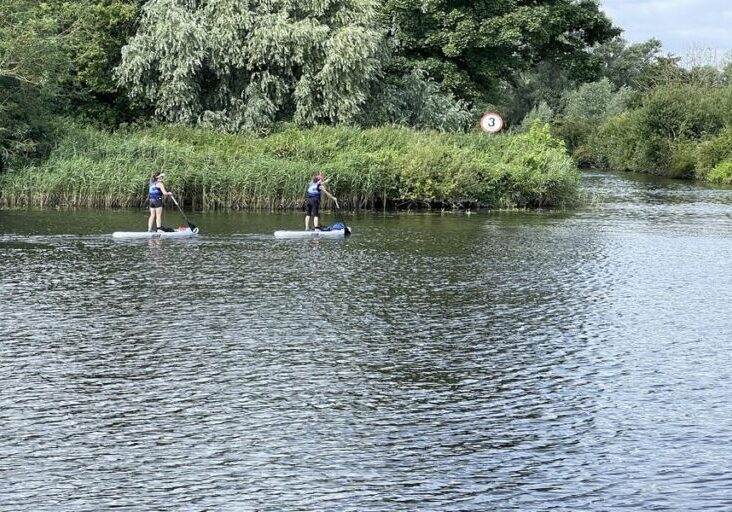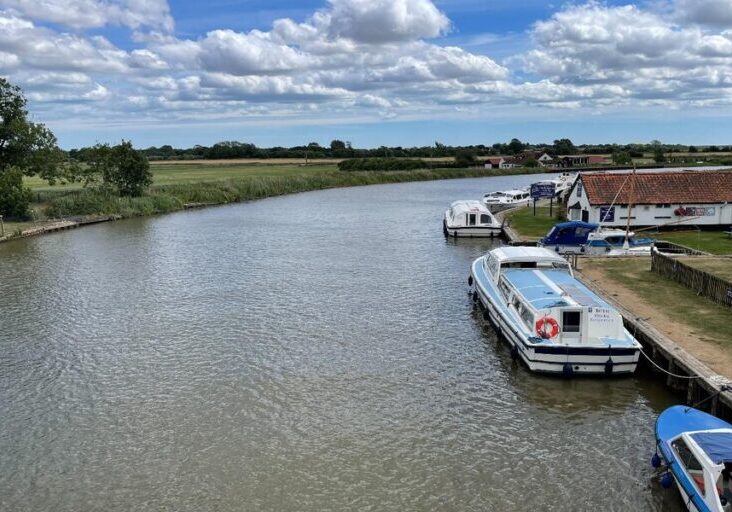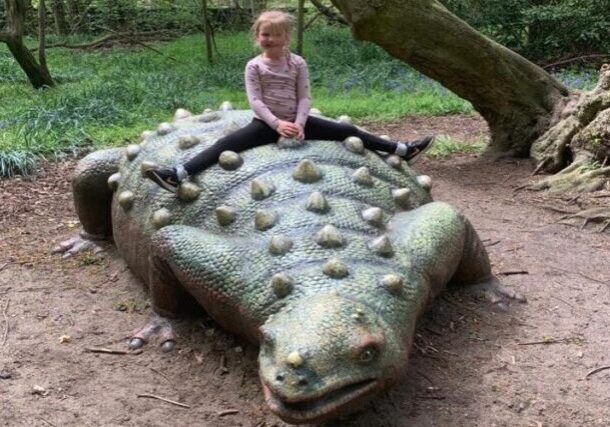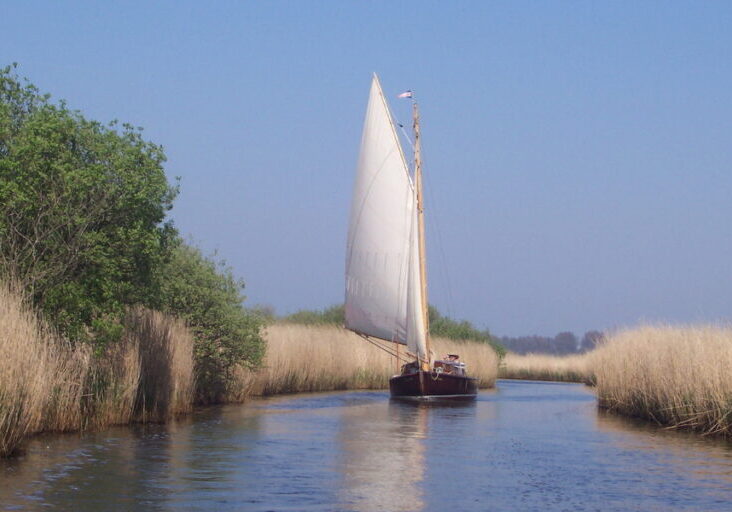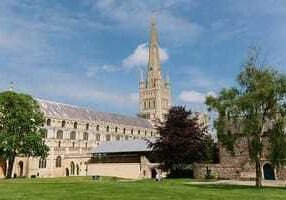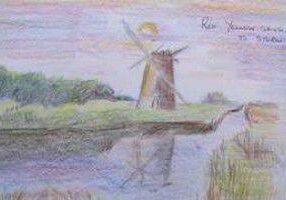Birdwatching In Norfolk
Introduction To Birdwatching
Norfolk is home to some of the best birdwatching in the country, as well as great trails and habitats that support many rare species of birds. This guide to birdwatching in Norfolk will help you find the top places, whether you’re looking for something local or something more remote.
Birdwatching is a popular hobby around Norfolk. The Broadland birdwatch offers birdwatchers and photography enthusiasts an array of easily accessible locations, including RSPB areas, to observe over 230 different species of birds. Bird watchers from around the world have travelled to Norfolk to get a glimpse at their favourite birds such as rare white-tailed eagles, marsh harriers and Montagu’s harriers as well as many other more common species including heron, kingfisher and moorhen.
Where To Watch Birds In Norfolk
The Norfolk Broads are actually a group of lakes, with each broad having its own unique qualities, such as size, shape and water quality. The more prominent broads include Breydon Water, Horsey Mere and Hickling Broad. Each one is home to different species of birds and wildlife. Hickling Broad is home to herons and bearded tits, while Horsey Mere has a regular population of mallards. These are some of the best places where to watch birds in Norfolk.
When To Watch Birds
When is the best time for birdwatching in Norfolk? Its often said that birdwatching is best done at dawn and dusk, which refers to when most birds are most active. But during winter months, when days are shorter and it gets dark earlier, you’ll be able to see more birds during midday hours. You will possibly be lucky enough to see an owl or two.
What You Will See
With over 230 bird species calling it home you're very likely to see many rare birds in Norfolk. Norfolk is one of Britain’s premier spots for birdwatching. From wintering ducks and grebes to summer breeders such as eagles and kites, Norfolk offers something for every birder to enjoy. What’s more, you don’t have to go far, most species can be seen from just about anywhere in The Broads National Park. At Swallowdale Holiday Home you will see some huge Heron and even possibly a beautiful Kingfisher amongst many other species. Also see our guide on Feeding Ducks
Norfolk Birdwatching
Visiting The Broads for birdwatching is a fantastic experience but some planning should be undertaken before you set off on your journey to make sure that you get as much out of your trip as possible. There are many birdwatching sites, nature reserves and areas around Norfolk where you can see lots of birds if you know where to look, and if you are prepared to put in a little bit of effort, but don't let that put you off, it is worth it! Birdwatching offers something for all ages and abilities. No matter how young or old, inexperienced or experienced, there is something for everyone at all levels!
Birds Of The Norfolk Broads
If you’re into bird watching, look no further than The Broads! The best time to see birds is early morning and late afternoon, but if you venture out a little before dawn or after dusk on summer evenings there’s a good chance of seeing Nightingales and other ground-nesting species singing from low shrubs and hedges. When it comes to finding birds, a trip by boat can be quite useful. No matter where you go you’ll be surrounded by water which is exactly what most wading birds need for rearing their young. Before long, your view will be filled with Sandpipers taking flight at your approach as they try to protect their broods.
Conclusion
In conclusion, birdwatching in Norfolk is a highly rewarding experience that offers a diverse range of bird species and habitats to explore. The Broads National Park is a particularly rich area for birdwatching, offering a wide range of easily accessible locations, from RSPB areas to lakes and nature reserves. With over 230 bird species calling Norfolk home, birdwatchers of all ages and abilities can enjoy the unique and beautiful wildlife that this region has to offer. Whether you’re an experienced birdwatcher or a beginner, Norfolk has something to offer for everyone who loves nature and the great outdoors.
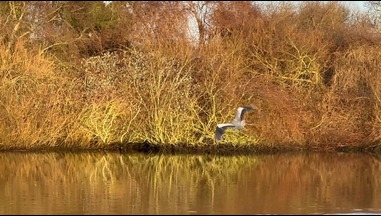
Grey Heron
Among the many creatures that can be found on the Norfolk Broads are herons. These majestic birds are often seen standing tall in the shallow waters, patiently waiting for their prey to come within striking distance. They are skilled hunters and can catch a variety of fish, amphibians, and even small mammals. With their long legs and sharp beaks, herons are well-adapted to their environment, and they play an important role in the ecosystem of the Norfolk Broads.
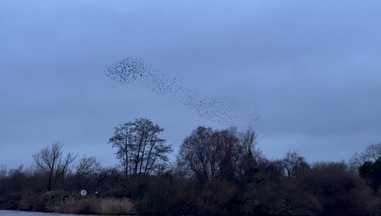
Murmuration Of Starlings
Starling murmurations on the Norfolk Broads are a breathtaking natural spectacle. At dusk, thousands of starlings flock together in the sky, moving in a mesmerizing dance-like pattern. As they twist and turn in unison, their synchronized movements create a breathtaking display of fluidity and grace. The murmurations are believed to be a defence mechanism against predators, with the birds gathering in large numbers to confuse and deter potential threats.
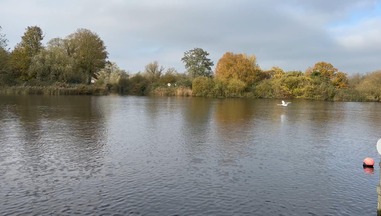
Bewick's Swan
The Norfolk Broads, are home to a variety of wildlife, including majestic swans. These graceful birds can often be seen gliding across the calm waters of the broads, their long necks elegantly curved as they search for food. The most common species found in this area is the mute swan, which gets its name from its lack of vocalization. While these birds may appear serene and peaceful, they can be quite aggressive during mating season and will fiercely defend their nests.

